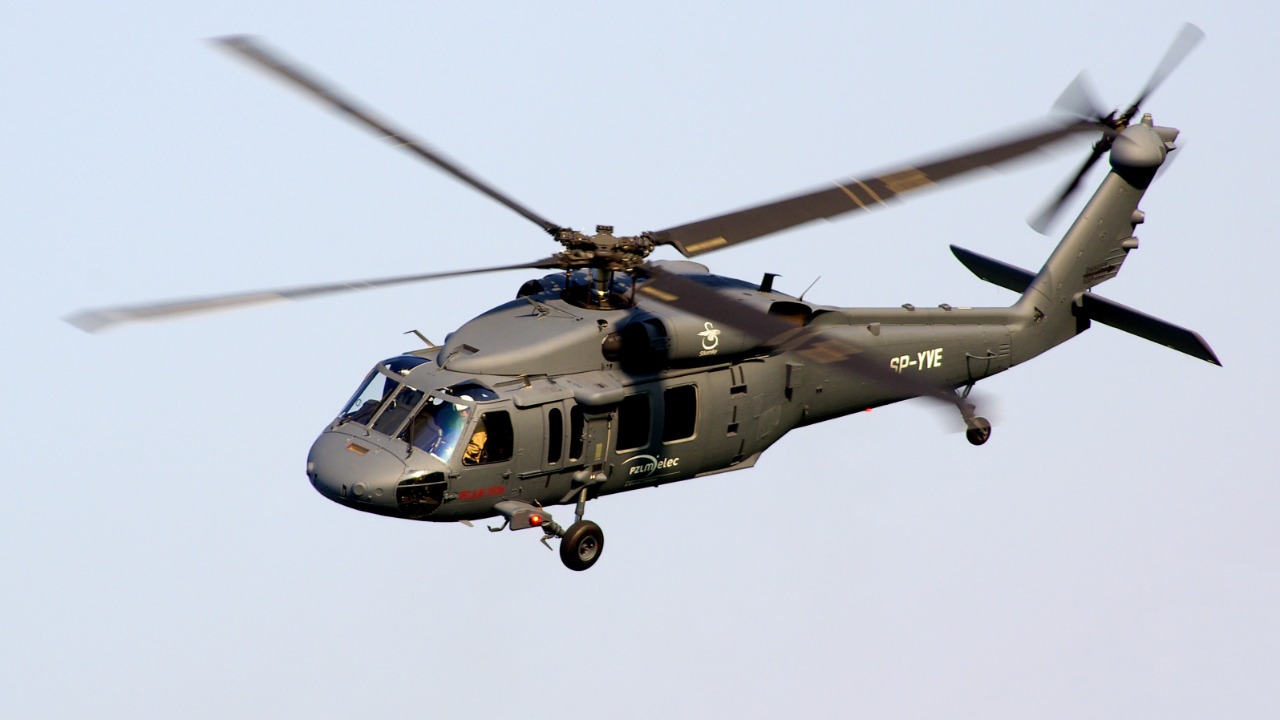
Recent incidents involving Black Hawk helicopters have raised concerns about their safety. These include a fatal collision on January 30, 2025, between a Pentagon jet and a military helicopter, an Army Black Hawk crash at Fort Lewis-McChord in Washington state that resulted in fatalities and ground damage, and the identification of the crew from the 160th Special Operations Aviation Regiment killed in a separate crash. These incidents underscore ongoing risks for elite units and highlight persistent operational hazards.
Historical Context of Black Hawk Crashes
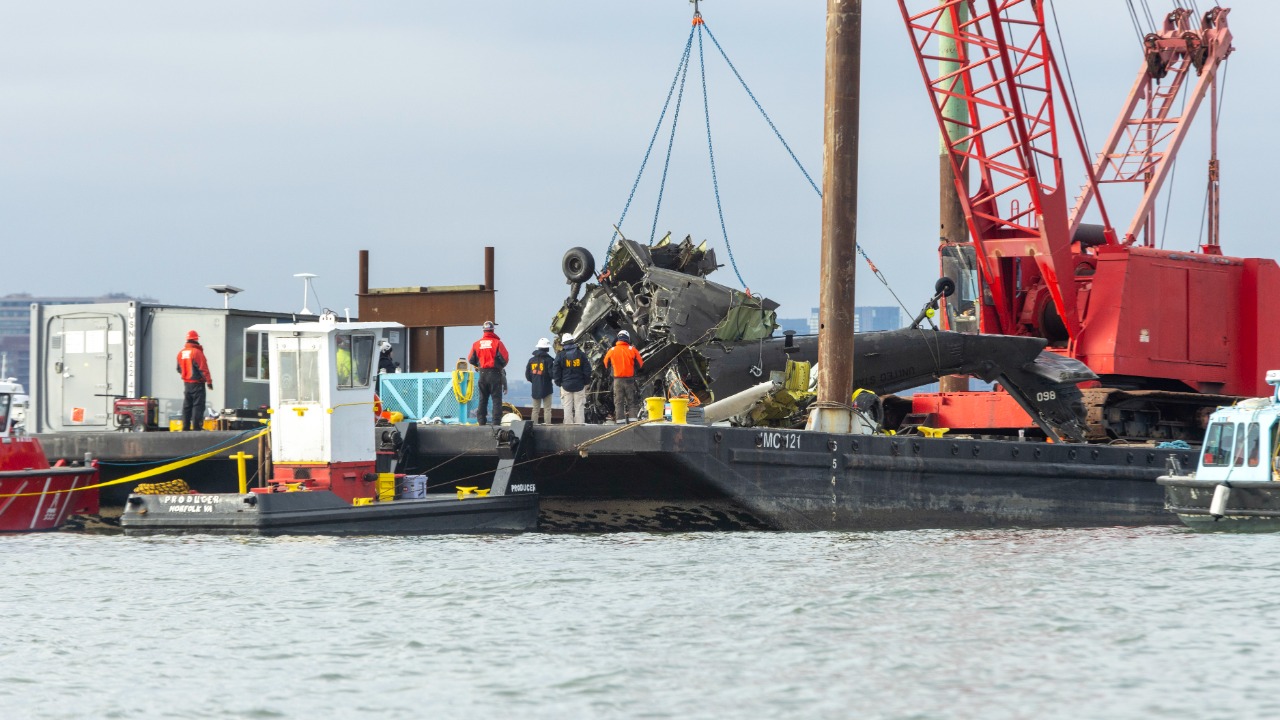
Since its introduction in 1979, the Black Hawk helicopter has had a service history marked by accidents linked to design flaws, such as tail rotor vulnerabilities. These early accidents led to modifications in the design to enhance safety. Despite these changes, the helicopter’s high operational tempo in combat zones has contributed to over 1,000 incidents globally since its deployment.
A key example of these incidents is a series of training crashes in the 1980s that prompted initial safety modifications. These crashes illustrated evolving risk patterns and highlighted the need for continuous assessment and improvement of the helicopter’s design and operation.
Recent High-Profile Incidents
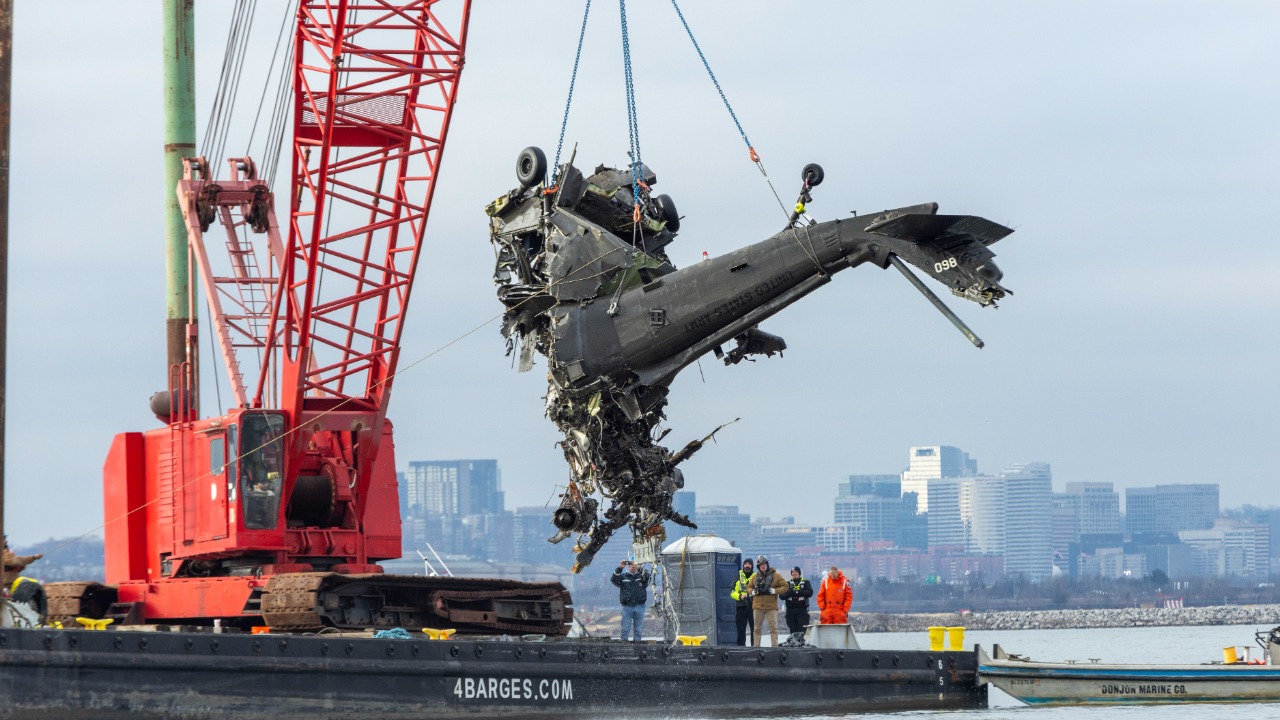
On January 30, 2025, a collision occurred between a Pentagon jet and a military helicopter during a training exercise, resulting in the loss of the helicopter crew (NPR). This tragic incident has raised questions about the safety protocols in place during such exercises.
Another recent incident involved an Army Black Hawk crash at Fort Lewis-McChord in Washington. The aircraft struck the ground during a routine flight, resulting in the death of four soldiers and causing significant damage to base infrastructure (Newsweek). This incident has led to a reevaluation of safety measures at the base.
Mechanical and Design Factors
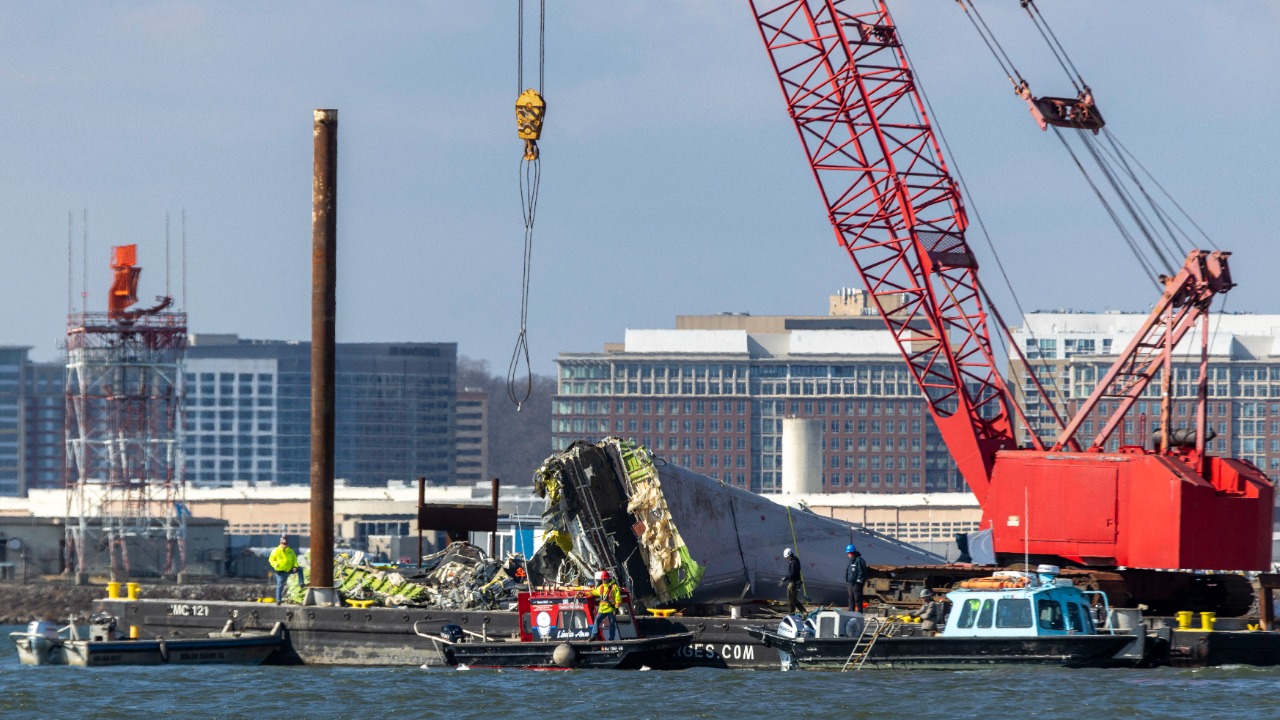
Common mechanical failures, such as engine malfunctions in the T700 series, have been implicated in 20% of Black Hawk mishaps according to Pentagon reviews. Aerodynamic issues like vortex ring state during low-altitude maneuvers have also been a factor in several crashes during special operations. These issues highlight the need for continuous mechanical and design improvements.
Post-crash investigations have revealed wear on critical components like the main rotor system after extended deployments. This wear and tear can lead to mechanical failures and underscores the importance of regular maintenance and inspections.
Human Error and Training Challenges
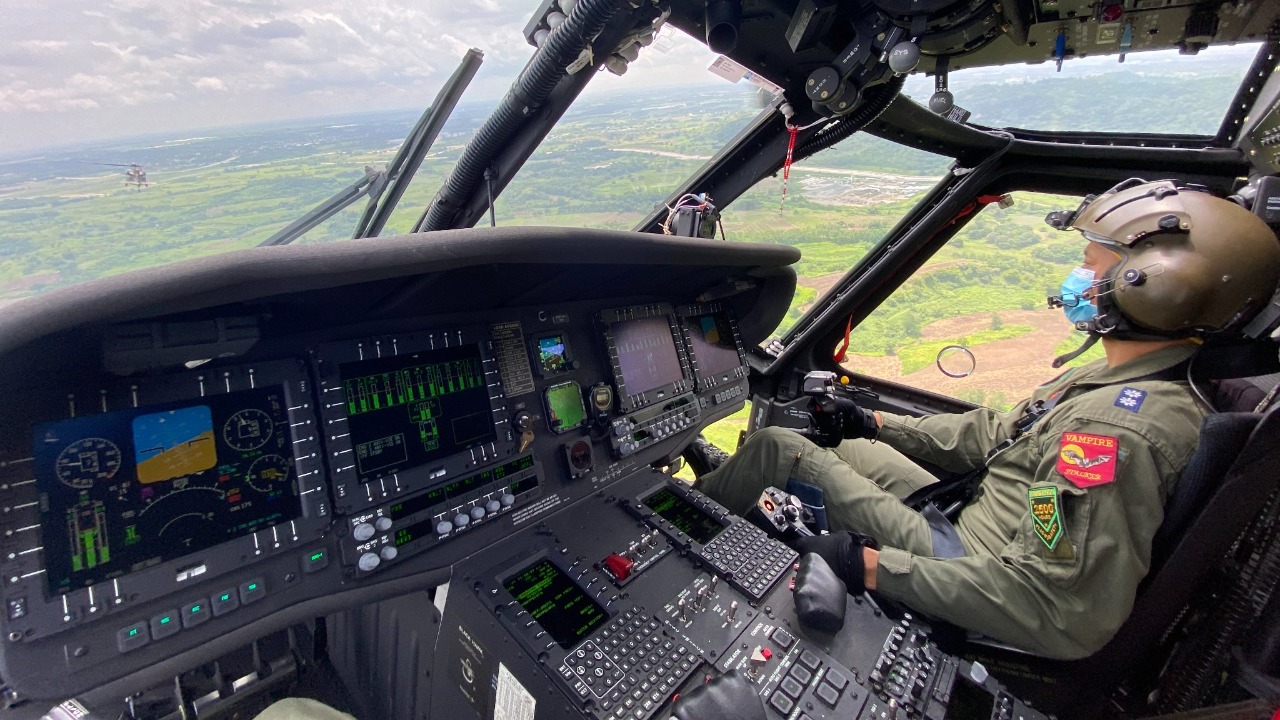
Pilot error, including spatial disorientation in night operations, has been a significant factor in many accidents. This was seen in accidents involving elite units such as the 160th Special Operations Aviation Regiment, whose crew members were recently confirmed as killed (Task & Purpose). These incidents highlight the need for improved training and support for pilots, particularly in challenging conditions.
Training gaps in high-risk environments, such as simulated combat flights at bases like Fort Lewis-McChord, have also contributed to accidents. Fatigue has been identified as a factor in these incidents, pointing to the need for better management of pilot workloads and rest periods.
Maintenance and Operational Pressures
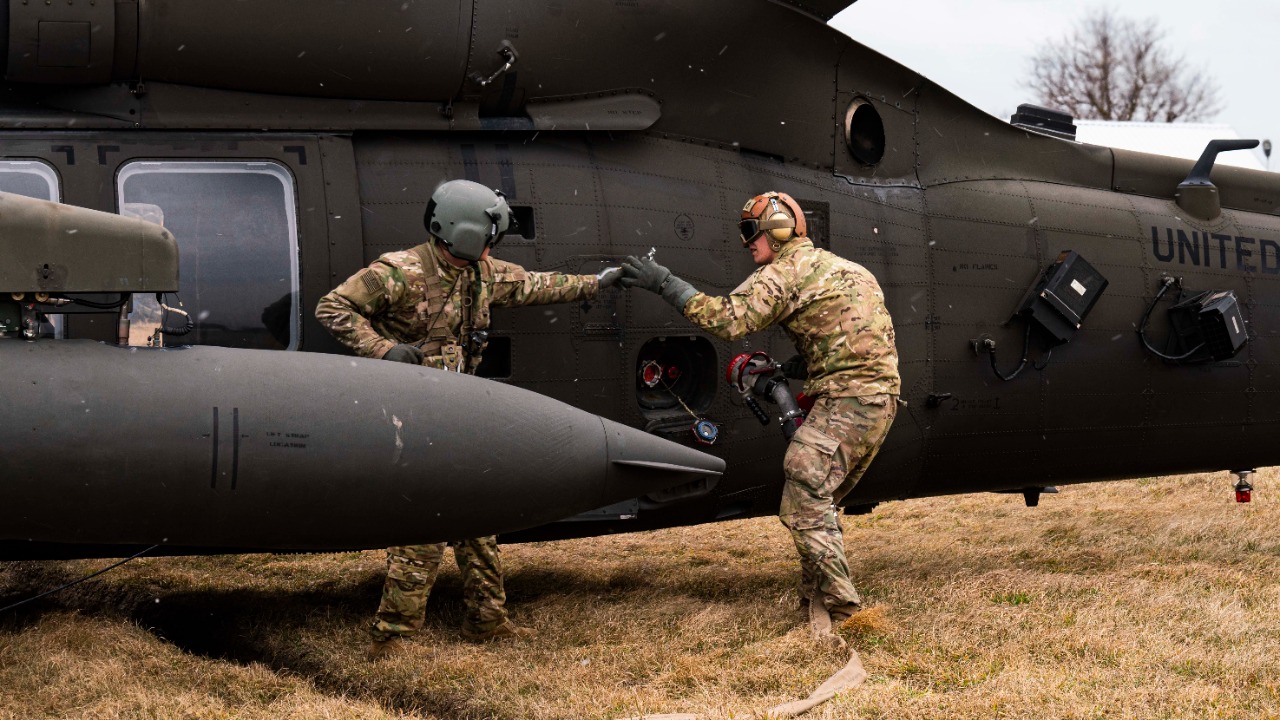
Maintenance backlog issues in the Army’s aviation fleet have led to undetected faults in over 15% of grounded Black Hawk helicopters. These issues are often due to deferred inspections, highlighting the need for regular and thorough maintenance checks.
Prolonged deployments, particularly in regions like Washington state, have put a strain on the helicopters and their crews. Local crashes in these regions reflect broader readiness shortfalls and underscore the need for adequate preparation and support for these deployments (The Times).
Regulatory and Mitigation Efforts
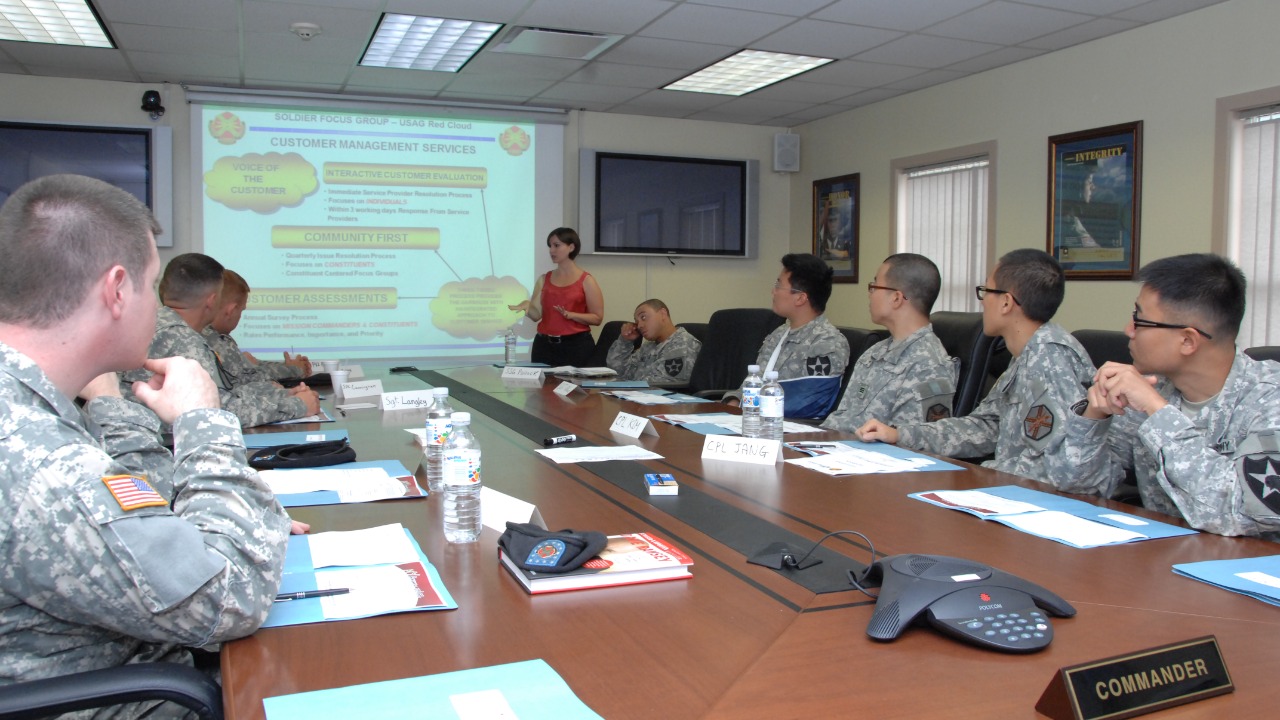
In response to these incidents, the Army has issued safety directives post-2020, including upgraded avionics to prevent collisions like the one on January 30, 2025 (NPR). These directives aim to enhance the safety of Black Hawk operations and reduce the risk of accidents.
Ground safety protocols have also been enhanced at installations such as Fort Lewis-McChord following their recent crash (Newsweek). Ongoing investigations into regional incidents, such as those tied to Washington operations, are expected to lead to fleet-wide reforms and further improvements in safety measures.